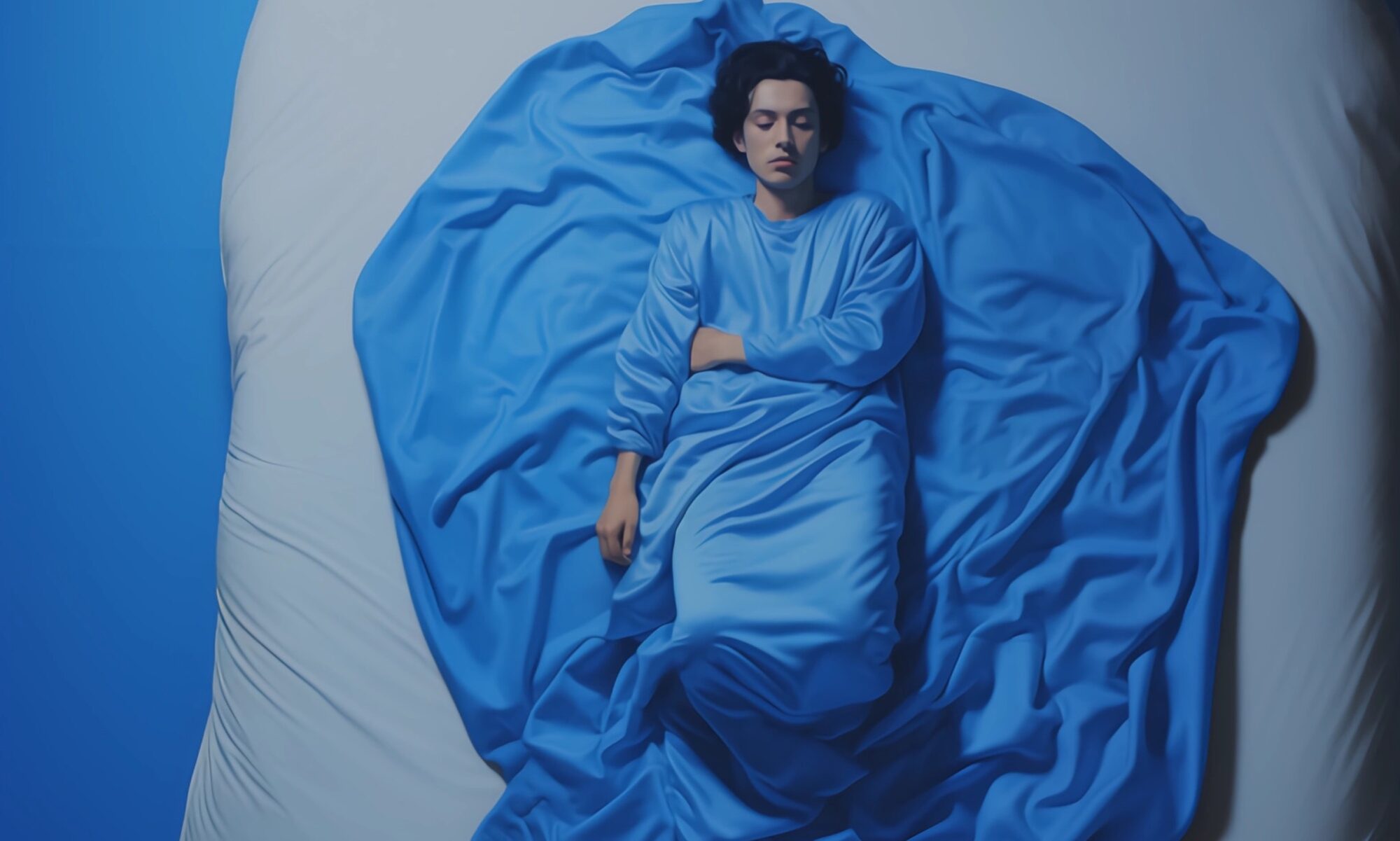Many people find themselves tossing and turning at night. Insomnia is a common sleep disorder impacting millions worldwide. It’s not just about finding it hard to drift off. There are several types, each with distinct traits and triggers.
Primary insomnia stands out as one where sleep problems aren’t linked to any other health condition. It’s often a lifelong struggle for some. Stress and lifestyle choices can play a major role. Then there’s secondary insomnia, which is more common. Here, another issue like asthma, depression, or medication disrupts sleep.
Acute insomnia is usually short-lived. It might last for a few nights or weeks. Often, a stressful event or change in routine is to blame. On the other hand, chronic insomnia persists for a month or longer. It can have a significant impact on daily life. Many factors contribute, including unhealthy sleep habits and ongoing stress.
Onset insomnia refers to difficulty falling asleep. It’s frustrating to lie awake for what feels like hours. Meanwhile, maintenance insomnia involves trouble staying asleep. People often wake up in the middle of the night or too early. Both types can lead to daytime fatigue and irritability.
Finally, there’s mixed insomnia. It combines elements from both onset and maintenance insomnia. This type can be particularly challenging. Understanding the nuances of these types can aid in seeking the right treatment. Addressing the underlying causes is crucial for improving sleep quality.
Lifestyle changes, relaxation techniques, and professional help can make a significant difference. Sleep is vital for overall health and wellbeing. Recognising the type of insomnia one is dealing with is the first step towards better rest.

